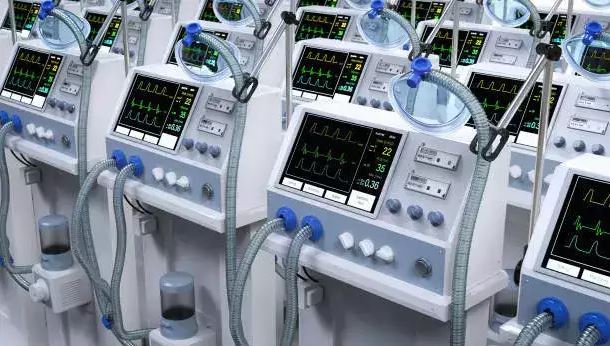By, Afraz Alam, Executive Officer-Secretariat, MTaI (Medical Technology Association of India)
Healthcare management dynamics is a complex mechanism which is shaped by several macro factors among which pricing is perhaps the most vital.
Managing healthcare pricing is an intricate process that is influenced by the basket of services that a hospital or a healthcare facility provides. Unlike in the process of purchasing a car where one walks in, chooses options and pays the final amount and leaves with the car, one never knows the complete cost for a patient that walks in the OPD complaining of chest pain as reasons behind the pain could range from lack of sleep to serious illnesses like cardiomyopathy.
The pricing strategy of a healthcare system may be shared by many costs such as costs of procuring and maintaining fixed assets(land, building), cost of the hospital infrastructure, manpower costs, costs of procuring and maintenance of hospital equipment (from beds to MRI machines), overheads (power & water utilities, IT expenses), regulatory costs etc.
The key to have a robust pricing mechanism is to have a framework which caters to patients’ need of quality healthcare at affordable prices.
Managing healthcare pricing requires exhaustive analysis of the current system, finding shortcomings, if any, and searching for solutions to address these problems. For instance, in 2017 NPPA conducted a study on pricing of healthcare services in hospitals which exposed the high margins that some stakeholders in the pipeline were enjoying at the cost of exorbitantly high prices being charged to the patient (some drugs were at around 1000% margin). This analysis forced the government to introspect whether the healthcare pricing policy was in the interest of patient or other stakeholders.
While there are a few alternatives to control the prices of drugs and medical devices, Rationalization of Trade Margins seems to be a more balanced approach to control the prices. The government’s recent decision to rationalize the margins of cancer drugs is a welcome move in this direction. The MRP of more than 100 cancer drugs has been greatly reduced (around 25-85%).
Price cap, on the other hand, is a sub-optimal approach to control the prices as it can discourage innovation, severely stifle the introduction of latest technologies and also lead to withdrawal of products from the market, resulting in sub-par quality of products being sold. The same NPPA report clearly showed that the drugs that fall under price control only constituted 4 per cent of the total billing amount. This shows that price capping has resulted in minuscule effect to the universe of drugs marketed in India.
Another method to price the healthcare services is through progressive pricing. Progressive pricing is a model that assigns cost slabs to each service; the more value that a customer demands, additional price can be set for that additional value. This approach has a few distinct positives. The customer is given a choice to customize the healthcare package according their needs and budget while availing treatment proportional to their investment. The providers can itemize the services in a bundle that satisfies the customer, while keeping the business viable. This is beneficial especially in a cost sensitive market.
In this rapidly evolving healthcare landscape, it would be contrary to patient interest if access to innovative medical devices is restricted by sub-optimal pricing strategy like cost-based approach. While affordability and accessibility are important factors in managing price mechanism, availability of quality and innovative medical technologies must also be ensured by implementing market based pricing approach.




